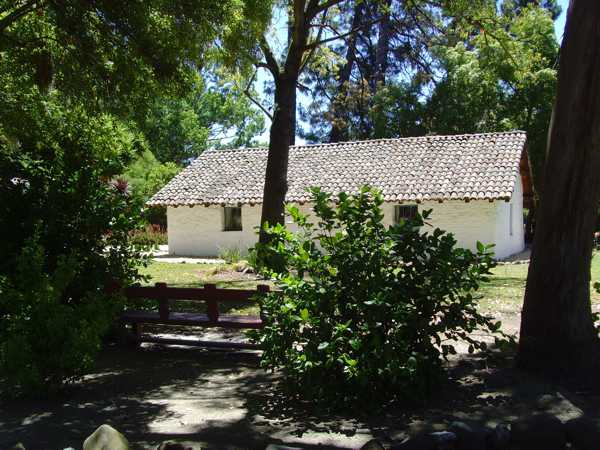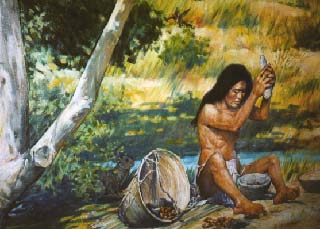|
California Nursery Historical Park
Where: California
Nursery Historical Park
Correlation
to Next
Generation Science Standards (NGSS)
3-LS3.A: Inheritance of
Traits
Correlation to California History Standards
Students in grade three learn more about our connections to the
past and the ways in which particularly local, but also regional
and national, government and traditions have developed and left
their marks on current society, providing common memories.
Emphasis is on the physical and cultural landscape of
California, including the study of American Indians, the
subsequent arrival of immigrants, and the impact they have had
in forming the character of our contemporary society.
3.S2 Students describe the American Indian nations in their local
region long ago and in the recent past.
1.
Describe national identities, religious beliefs, customs, and
various folk lore traditions.
2.
Discuss the ways in which physical geography, including climate,
influenced how the local Indian nations adapted to their natural
environment (e.g., how they obtained food, clothing, tools).
3.
Describe the economy and systems of government, particularly
those with tribal constitutions, and their relationship to
federal and state governments.
4.
Discuss the interaction of new settlers with the already
established Indians of the region.
|
|


